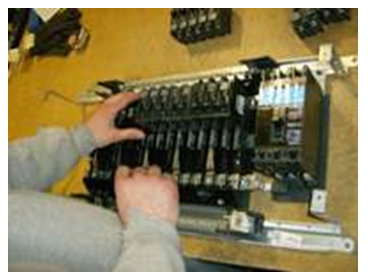
Unfortunately, these issues (multiple vendors, a lack of messaging standards, etc.) often results in having to build custom integration between sub-systems and/or automated equipment, which increases startup time, project complexity and cost.
To eliminate the custom-build layer, companies should consider vendors that support standard or universal protocol as part of their solution. This will make it possible to connect directly from the ERP/WMS to the material handling system and enable the company to reduce its total cost of ownership and benefit from a more flexibility deployment.
Communication standards are constantly improving with more robust integration layers becoming common across leading ERP/WMS and material handling solution providers. This will result in less need for third party control systems, less complexity and lower cost options. All of which is good news for shippers looking to become more competitive and increase sales volume.
|